[FIX] Mac WiFi: No Hardware Installed
If your WiFi is not working on your Mac machine suddenly after a reboot or whatever, there are chances that you could be facing the WiFi: No hardware installed issue. Turns out that this actually happens when your Mac machine is powered on but some of the components are not functioning properly because they haven’t be turned on. This is a very common issue and is often faced by various users, so you don’t have anything to worry about as it can be resolved pretty easily.
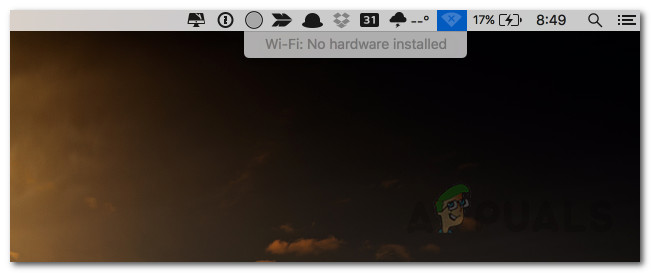
The X sign on the Wifi icon at the top shows that your machine is not able to detect the network adapter. This issue often appears when you have woken up your Mac after it went to sleep or even after installing an operating system update on your machine. Different scenarios can actually trigger the issue but the cause remains the same. There are actually two reasons why the error message shows up and we’ll be mentioning them down below.
- Network Adapter isn’t Installed — One of the reasons why you are facing this error message could be that the network adapter on your Mac isn’t installed properly. This does not happen often but is still a possibility. This is often when the network adapter isn’t installed properly and just requires some tinkering with the Mac opened up. In such cases, you should take it to a technician so that it can be repaired or replaced in the worst-case scenario.
- Network Adapter Failed — Another cause of the said issue can be when the network adapter fails to turn on with the rest of the system. This is usually the case behind the said error message and can often a reboot fixes the issue. In the otherwise scenario, the issue can be easily fixed by resetting SMC or NVRAM.
Now that we are done with the causes of the issue, let us get into the solutions that you can implement to fix this issue. They are really easy to follow and will resolve your issue in minutes. So, without further ado, let us get started. Please note that if the following methods do not solve your issue, there is a high chance that the network adapter has gone bad and you will have to replace it in such a scenario.
Method 1: Reset SMC
System Management Controller or SMC is actually a subsystem that controls different functions of the machine such as battery charging, sleep and wake mode, keyboard lighting along with much more stuff. What basically happens when your Mac goes to sleep is that the SMC decides which components on the device are supposed to go to sleep so that battery is saved as a result.
Now, as it turns out, in some cases, even when the Mac is turned back on, the SMC doesn’t power on the network adapter which causes the issue. Thus, in order to fix the problem, you will have to reset SMC. This can be different on the various Mac models but don’t worry, we will be covering all of them.
Macs without Removable Battery
If you have a Mac without a removable battery, follow the instructions below to reset SMC:
- First of all, make sure your Mac is powered off.
- After that, plug in the power cord so it is powered.
- Now, once you have done that, you will have to press the Control + Shift + Option + Power keys for like about 5 seconds.
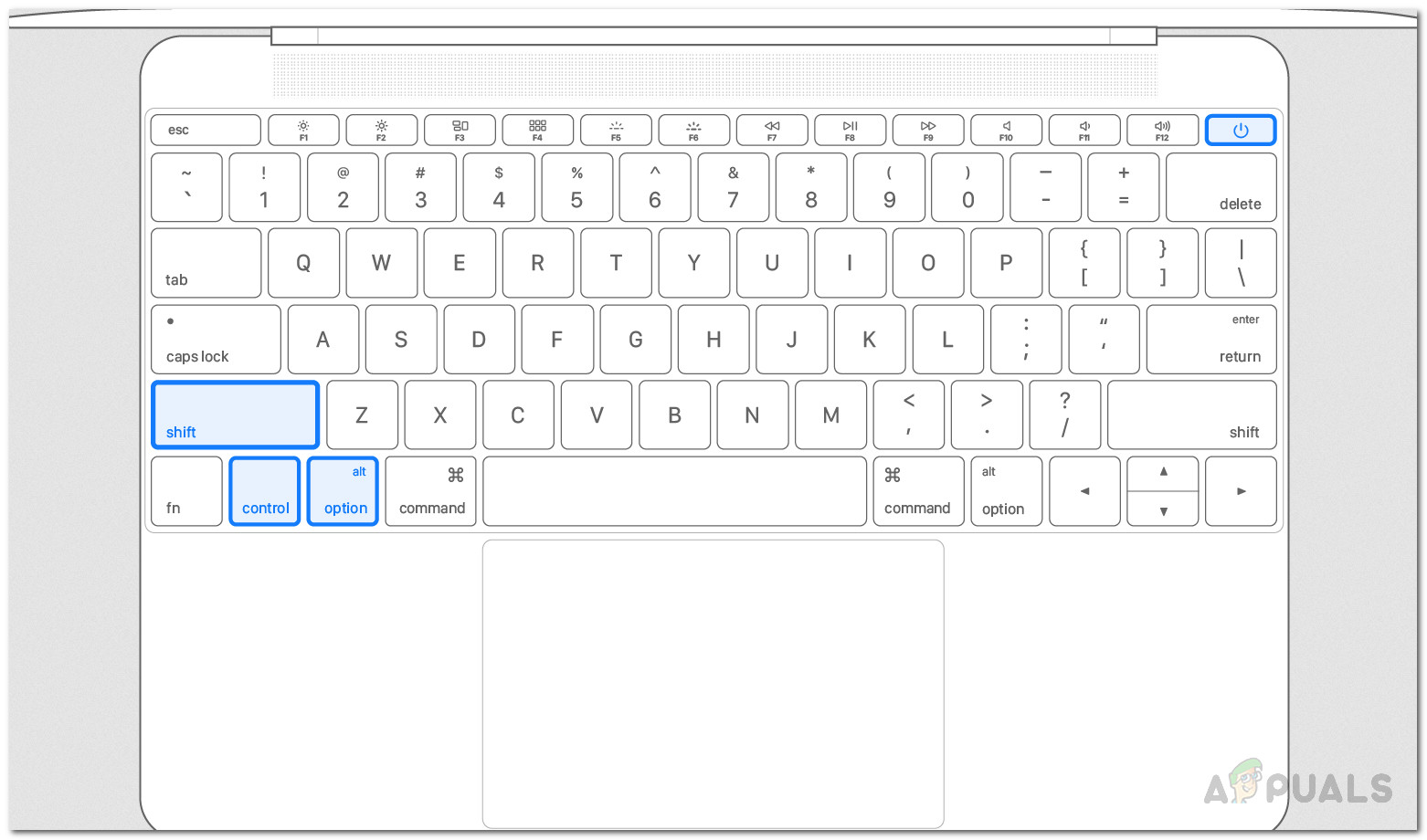
Resetting SMC - After that, release the keys and then boot up the Mac as you normally would.
Macs with Removable Battery
If you have a Mac with a removable battery, follow the below instructions instead:
- First of all, power off the Mac and then take off the battery from the back.
- Once you have disconnected the battery, disconnect the power cable as and then hold the Power button for like around 5 seconds.
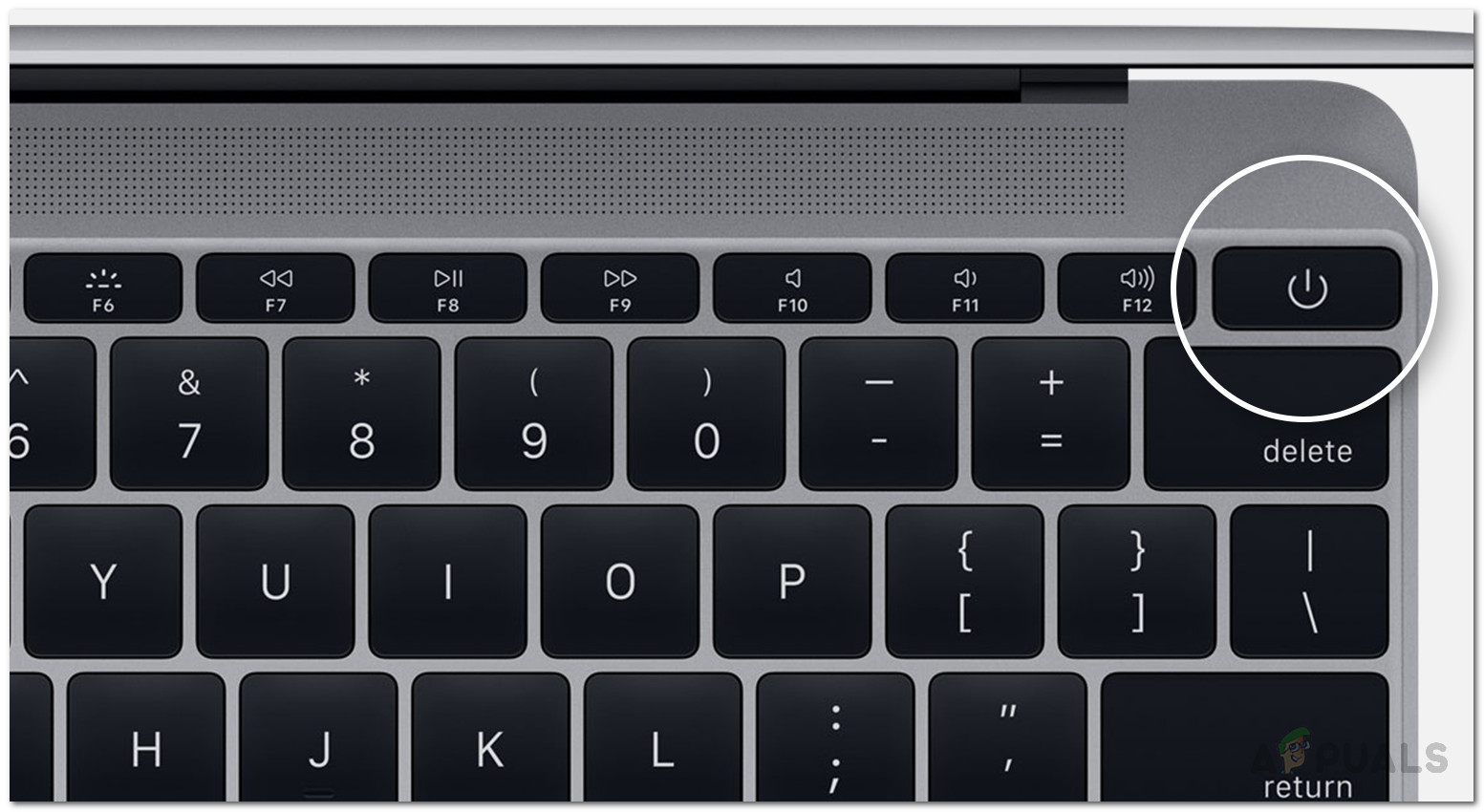
Mac Power Button - After that, let go of the button and connect the battery again.
- Once you have connected the battery, boot up the Mac to see if the problem is solved.
Mac Pro, Mac Mini, and iMac
In case you have a Mac Mini, an iMac, or a Mac Pro, you will need to follow the instructions below to reset SMC:
- To start off, power off the Mac and then disconnect the power cord as well.
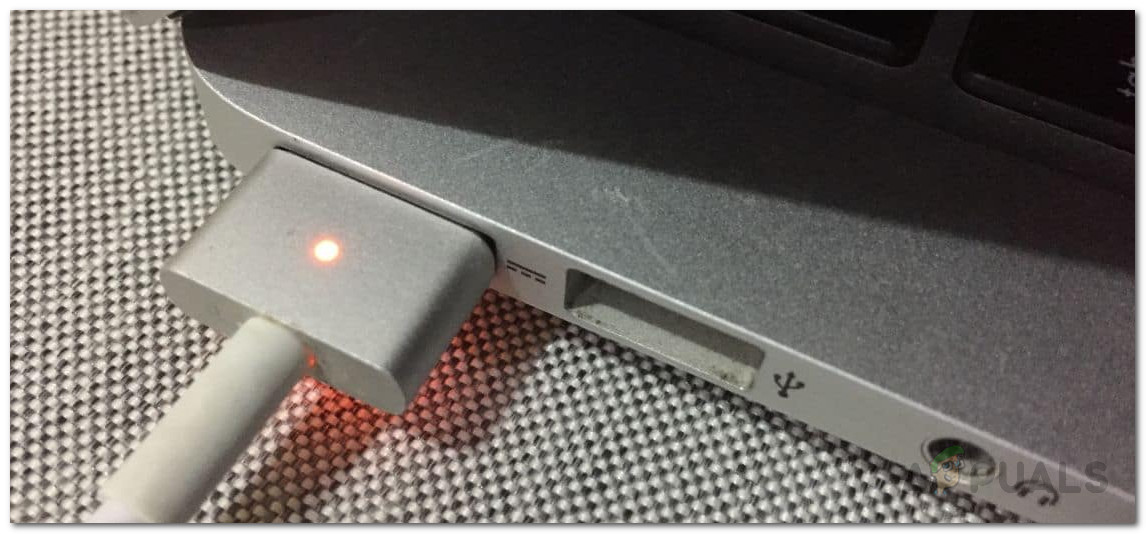
Power Cord - Once you have done that, wait for about 15 seconds.
- After that, reconnect the power cord and wait for an additional 5 seconds.
- Finally, turn on your Mac again to see if the issue has been resolved.
Method 2: Reset NVRAM
NVRAM is a small memory that is used on Mac devices to store certain settings about your device so that they can be accessed quickly. Resetting NVRAM often fixes several common issues so it can help you in this case as well. Resetting this is very easy to do as well, just follow the instructions given down below:
- First of all, shut down your Mac device.
- Once powered off, turn it back on but press and hold the Option + Command + P + R keys immediately.
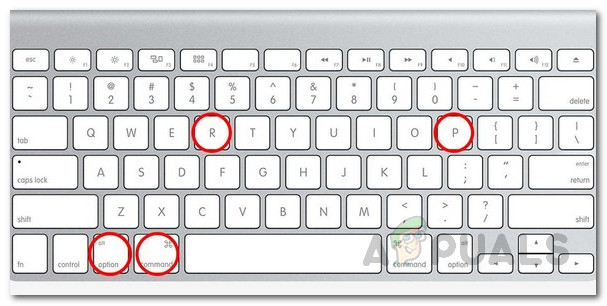
Resetting NVRAM - You can let go of the keys after around 20 seconds. In case you have a Mac that plays a startup sound, you can let go of the keys once you hear the startup sound for a second time.
- This should reset NVRAM. See if that fixes the issue.
Method 3: Delete Network Files
Finally, the issue can also be sometimes caused by the network files that are stored in the system configuration directory. This has been reported by a user that was facing a similar issue. Follow the instructions down below:
- First of all, boot into your Mac machine.
- Then, once you have logged in, open up Finder.
- Click on the Go option at the top menu and then paste the /Library/Preferences/SystemConfiguration path in there.
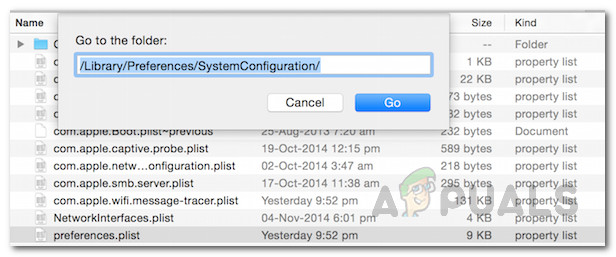
System Configuration Directory - Once you in the system configuration directory, move the NetworkInterfaces.plist, com.apple.airport.preferences.plist, and com.apple.wifi.message-tracer.plist files from there to your Desktop or anywhere else.
- After you have done that, just reboot your Mac and see if that fixes the issue.





